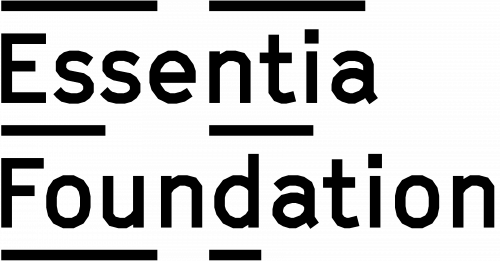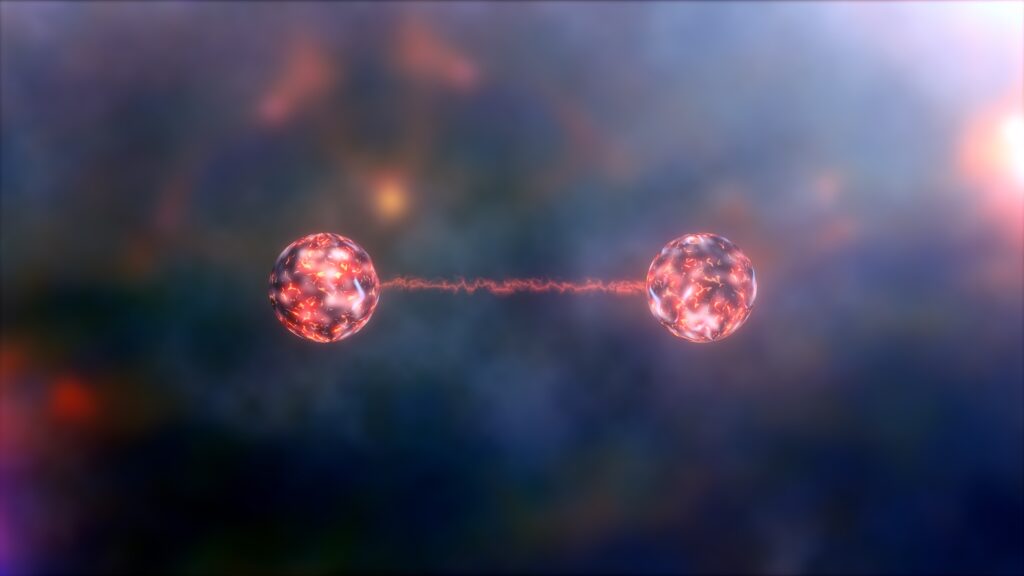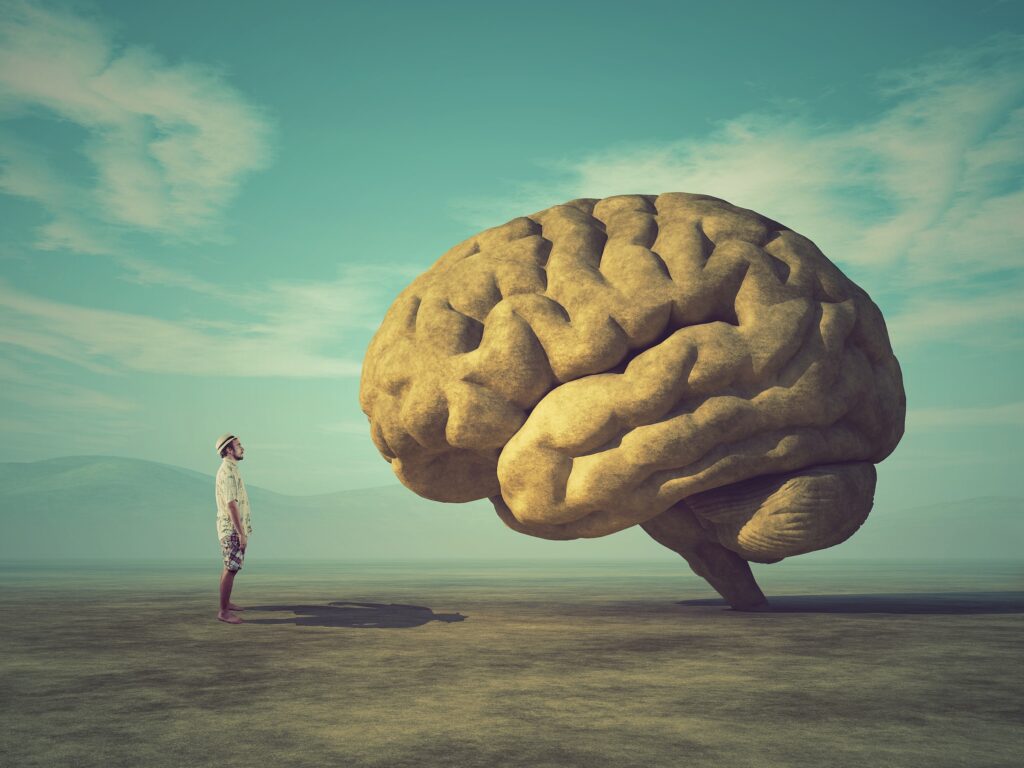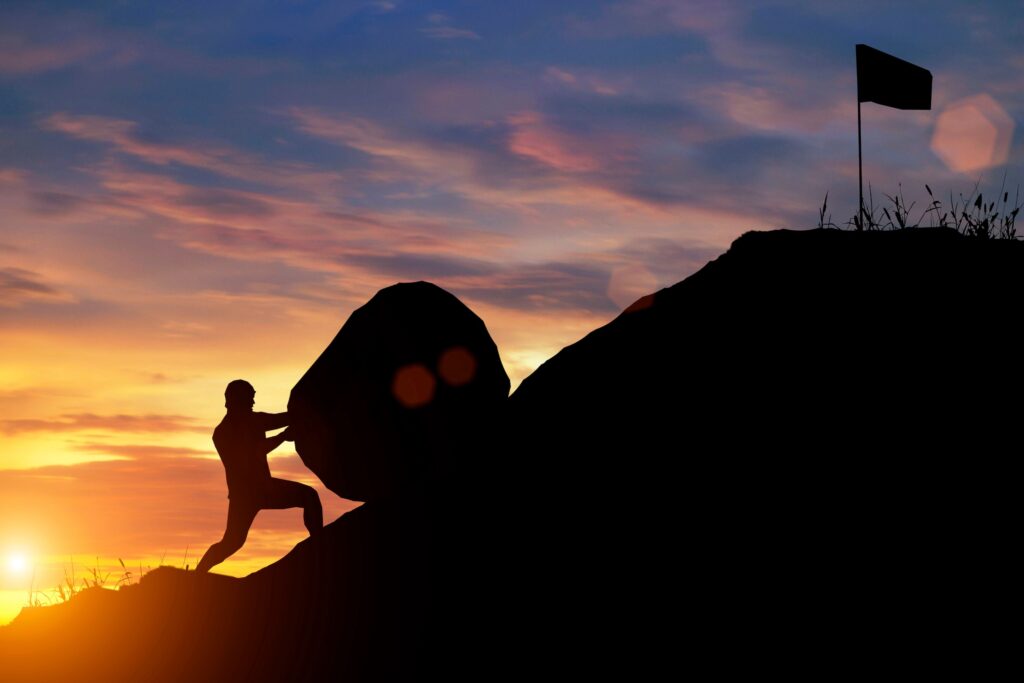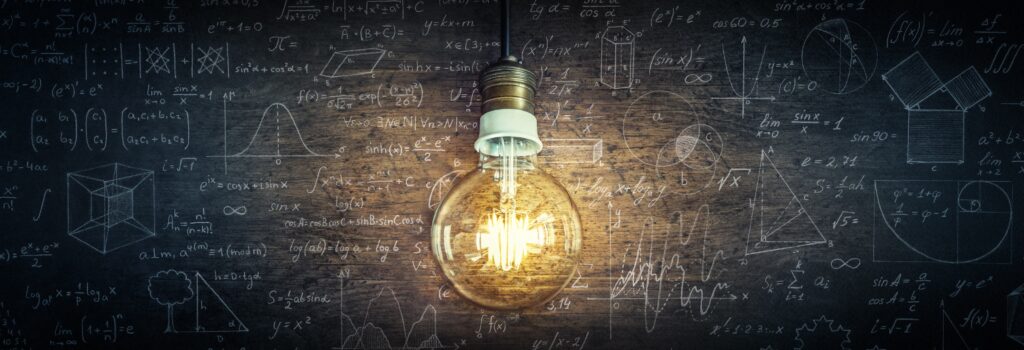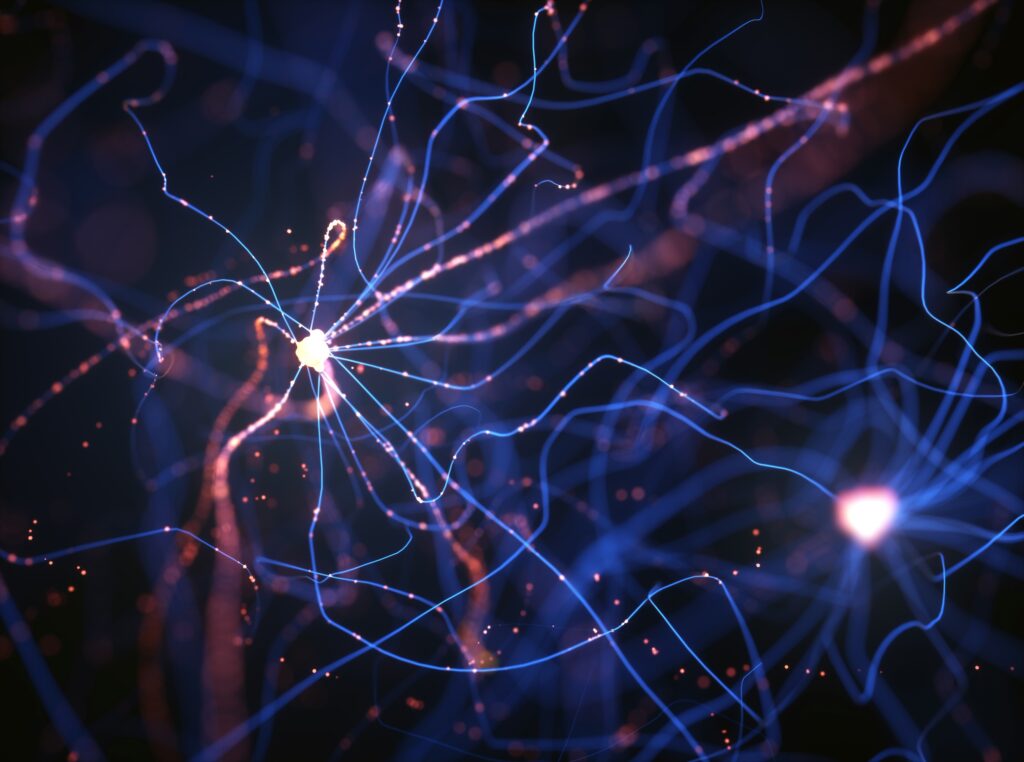Morphic fields: Nature’s hidden memory?
Seeing | Biology | 2025-01-03
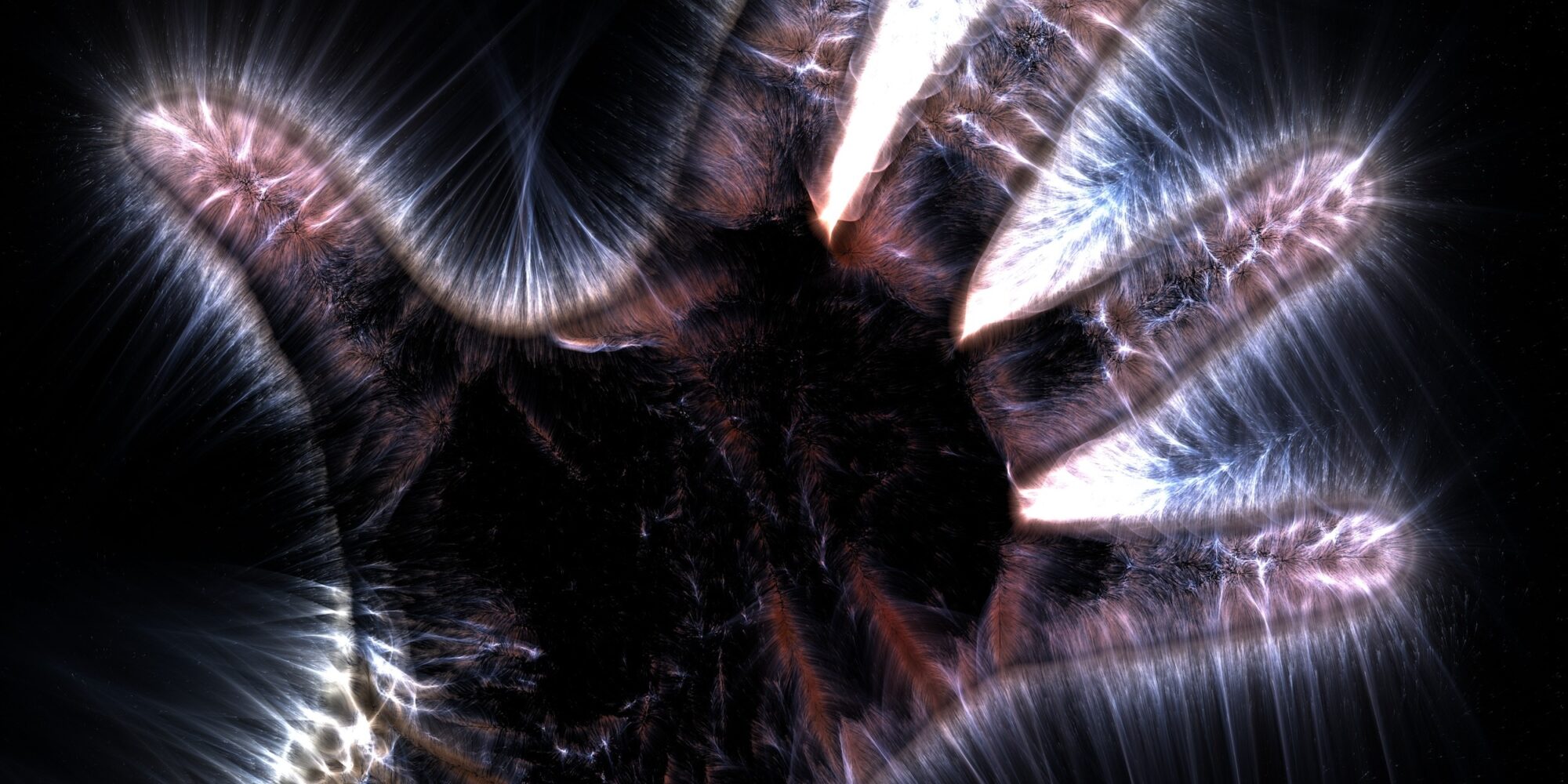
Can morphic resonance help explain the problem of missing heritability and why memories have not been found in the brain? And are ‘morphic fields’ the same thing as Michael Levin’s bioelectric ‘cognitive glue’? In this interview, Dr. Rupert Sheldrake discusses with Natalia Vorontsova his theory of morphic fields and its implications for our understanding of the mysteries of nature. Dr. Sheldrake is often called a most original thinker, perhaps because throughout his career he has managed to combine open-mindedness with critical scientific thinking.
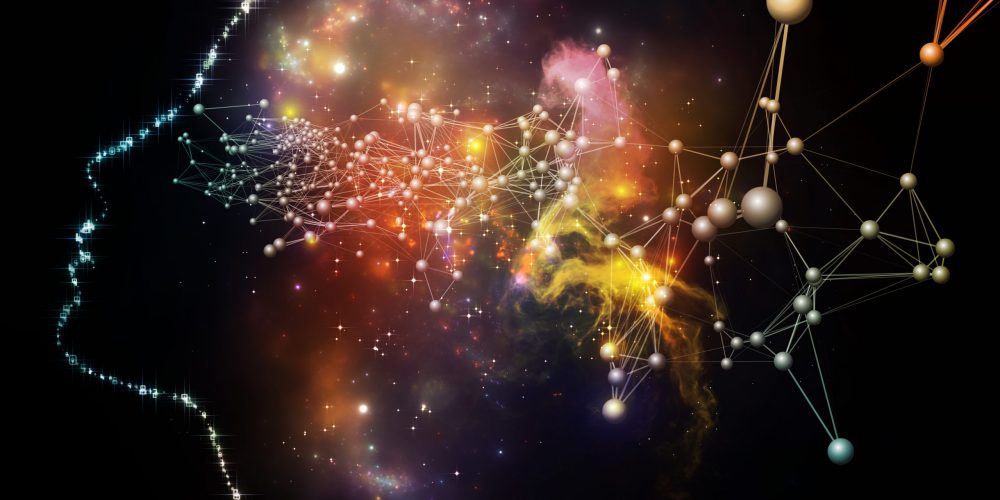
Essentia Foundation communicates, in an accessible but rigorous manner, the latest results in science and philosophy that point to the mental nature of reality. We are committed to strict, academic-level curation of the material we publish.
Recently published
Reading
Essays
Seeing
Videos
Let us build the future of our culture together
Essentia Foundation is a registered non-profit committed to making its content as accessible as possible. Therefore, we depend on contributions from people like you to continue to do our work. There are many ways to contribute.

